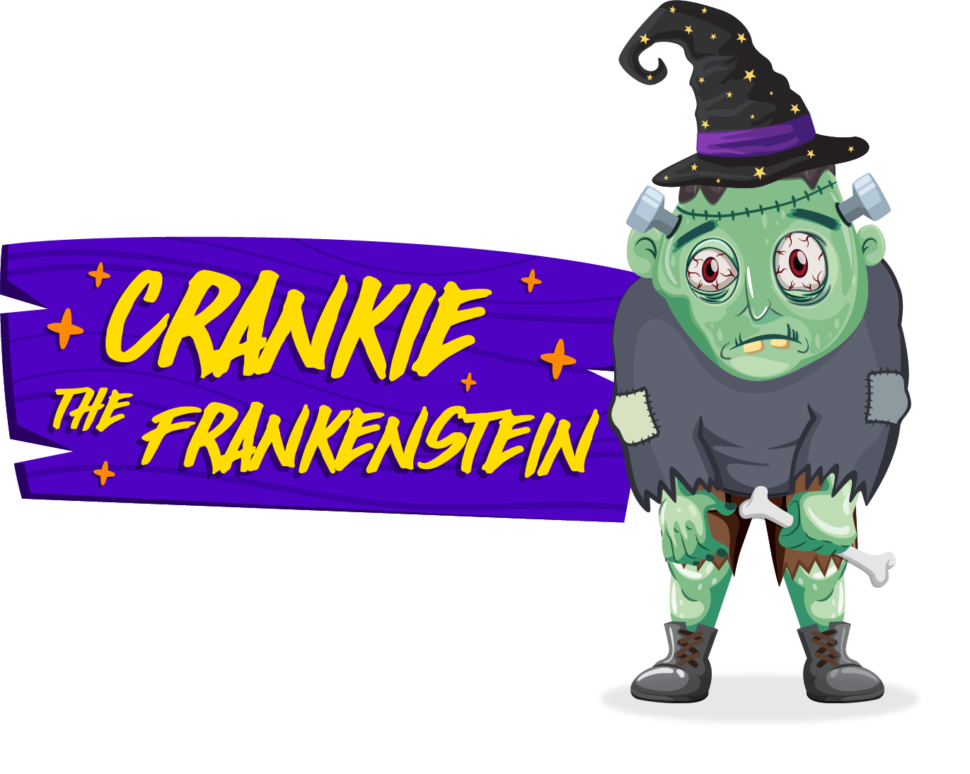
Overcoming Learning Disabilities: Strategies for Success and Mental Health
Learning disabilities affect a significant portion of the population according to the World Health Organization, with an estimated prevalence of about 16% of the global
Gain fresh insights about education and learning
Get the latest articles straight to your inbox.
Latest Article

Learning disabilities affect a significant portion of the population according to the World Health Organization, with an estimated prevalence of about 16% of the global

Virtual tutoring, a burgeoning facet of modern education, has seen exponential growth with the proliferation of online platforms and digital technologies. This surge in popularity

The radical increase in distance learning and digital academies online can be attributed to several causes and recent events. One significant factor is the rapid

The demand for online tutoring and training sessions has been steadily increasing in recent years, driven by factors such as convenience, flexibility, and accessibility. As

Founded in 1998, Learner Net initially began as a platform for online tutors, predominantly catering to a student base situated in Singapore. Over the years,

Online tutoring has become a prevalent means of supplementing income or even replacing traditional employment, offering flexibility and accessibility to both tutors and learners. The

The digital age has opened a pandora’s box of learning opportunities, with online language courses blossoming at an exponential rate. The ability to be conversant

In an age defined by information overload, analysis paralysis, and rapid technological advancements, equipping students with the ability to think critically and effectively solve problems

In the ever-evolving landscape of education, a palpable “battle” is unfolding as humans and increasingly intelligent AI solutions contend to shape the learning experiences of

Creating a safe student learning space for distance learners is necessary for many reasons, including encouraging a more positive educational experience, and for the health
Join the Learner Net Community
There was a problem reporting this post.
Please confirm you want to block this member.
You will no longer be able to:
Please allow a few minutes for this process to complete.



